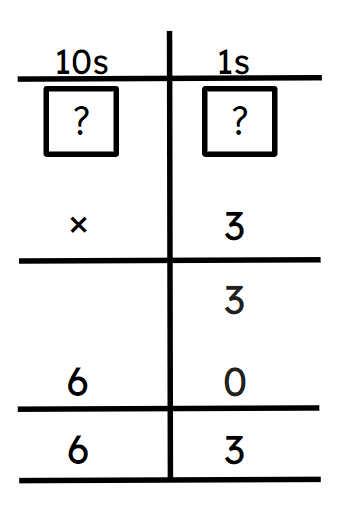Myths about teaching can hold you back
- Year 5
Multiply a 2-digit number by a 1-digit number using expanded multiplication (no regroups)
I can represent partitioning in a column method for expanded multiplication.
- Year 5
Multiply a 2-digit number by a 1-digit number using expanded multiplication (no regroups)
I can represent partitioning in a column method for expanded multiplication.
These resources will be removed by end of Summer Term 2025.
Switch to our new teaching resources now - designed by teachers and leading subject experts, and tested in classrooms.
These resources were created for remote use during the pandemic and are not designed for classroom teaching.
Lesson details
Key learning points
- Knowledge of times tables and place value helps when multiplying 2-digit numbers.
- There are similarities between the representations of multiplication.
- Arranging the factors in columns allows you to organise the partial products into a column addition.
Keywords
Expanded multiplication - A way of recording the steps of a calculation focusing on partitioning one or more factors and showing partial products.
Partial product - Any of the multiplication results that lead up to an overall multiplication result.
Common misconception
When using the expanded method, pupils may not align the digits correctly with the same place value.
Use clear teacher modelling and continue to ask what each digit that has been recorded represents and link back to the place value chart.
To help you plan your year 5 maths lesson on: Multiply a 2-digit number by a 1-digit number using expanded multiplication (no regroups), download all teaching resources for free and adapt to suit your pupils' needs...
To help you plan your year 5 maths lesson on: Multiply a 2-digit number by a 1-digit number using expanded multiplication (no regroups), download all teaching resources for free and adapt to suit your pupils' needs.
The starter quiz will activate and check your pupils' prior knowledge, with versions available both with and without answers in PDF format.
We use learning cycles to break down learning into key concepts or ideas linked to the learning outcome. Each learning cycle features explanations with checks for understanding and practice tasks with feedback. All of this is found in our slide decks, ready for you to download and edit. The practice tasks are also available as printable worksheets and some lessons have additional materials with extra material you might need for teaching the lesson.
The assessment exit quiz will test your pupils' understanding of the key learning points.
Our video is a tool for planning, showing how other teachers might teach the lesson, offering helpful tips, modelled explanations and inspiration for your own delivery in the classroom. Plus, you can set it as homework or revision for pupils and keep their learning on track by sharing an online pupil version of this lesson.
Explore more key stage 2 maths lessons from the Multiplication by partitioning leading to short multiplication (2 by 1-digit) unit, dive into the full primary maths curriculum, or learn more about lesson planning.

Licence
Prior knowledge starter quiz
6 Questions
Q1.Look at the multiplication equation. You can partition 17 into 10 and .
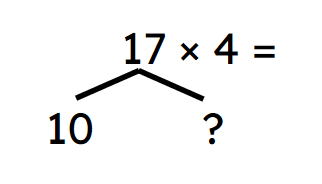
Q2.Look at the image. Complete the equation.
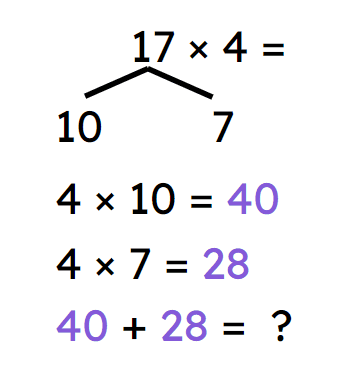
Q3.Select the correct partial product pair that completes the model in the image.
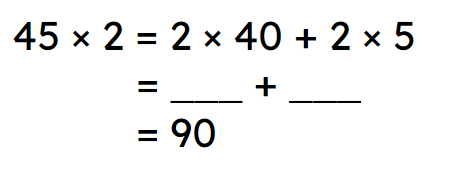
Q4.Select the correct partial product sums for this multiplication equation: 35 × 3
Q5.Match the multiplication equation with the correct partial product pair.
80 + 2
80 + 6
80 + 8
Q6.Which multiplication equations consist of zero regroups?
Assessment exit quiz
6 Questions
Q1.Sofia is chanting her 4 times tables. 4, 8, 12, What comes next?
Q2.Look at the image. Which word is the correct label?
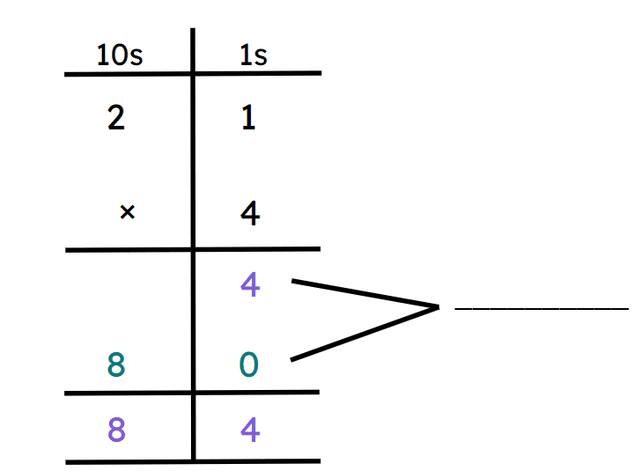
Q3.Look at the image and the missing label. In a multiplication equation this number is known as the .
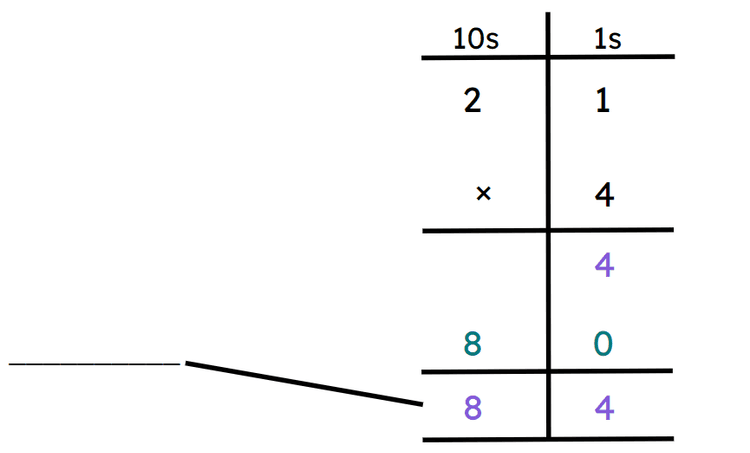
Q4.Using short multiplication calculate: 23 × 3
Q5.Using short multiplication calculate: 43 × 2
Q6.What is the missing factor in this expanded multiplication example?
